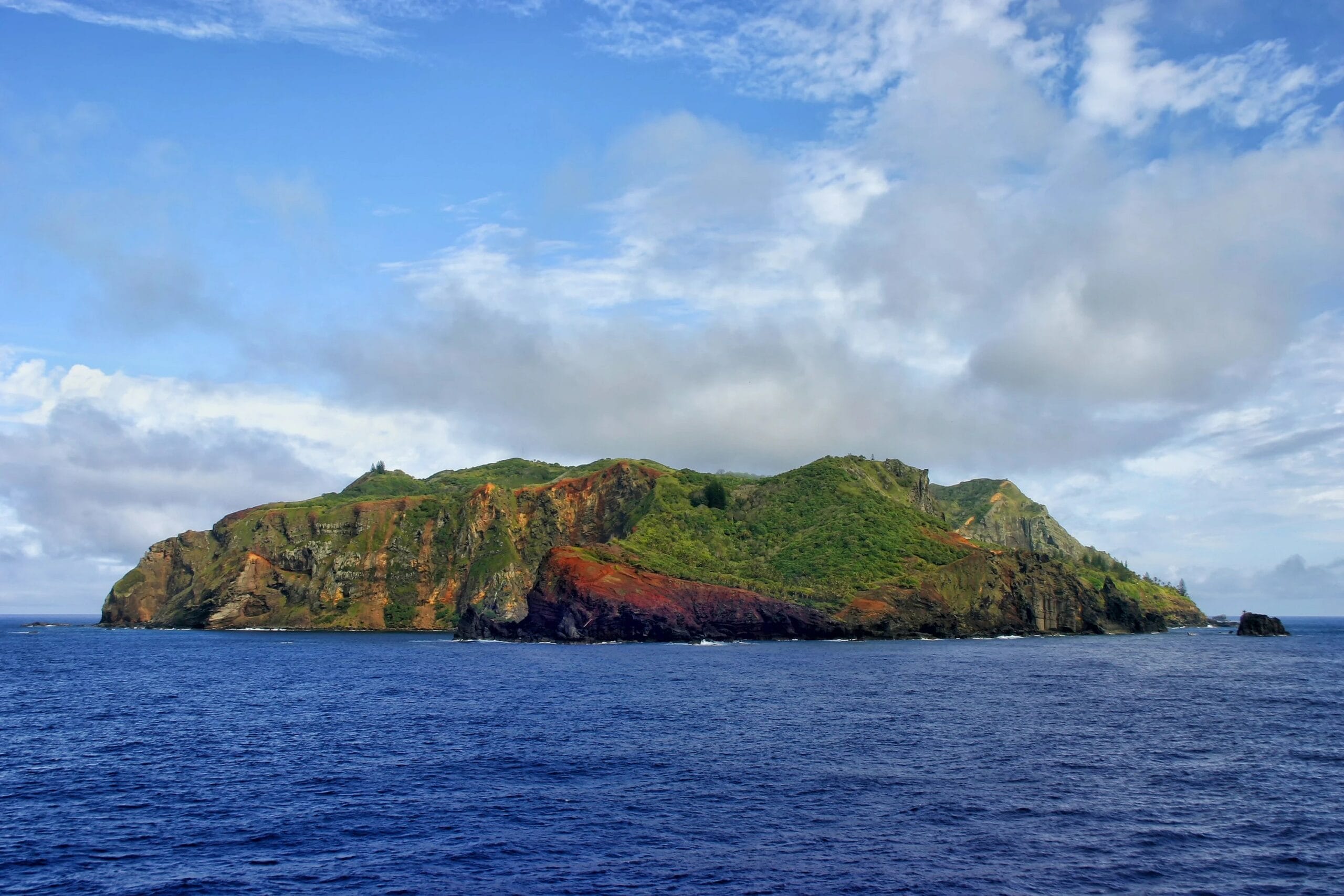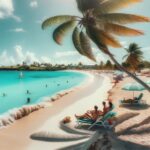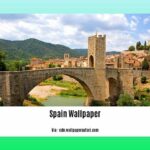Ducie Island, a remote, uninhabited atoll within the Pitcairn Islands group, captivates with its untouched beauty and unique ecosystem. This article delves into Ducie’s history, geography, ecology, and the challenges it faces in a changing world.
Unveiling Ducie’s Secrets: History, Geography, and Ecology
A Glimpse into the Past
Ducie’s documented history begins in 1606 with Portuguese explorer Pedro Fernandes de Queirós, sailing for Spain. He named the island Luna Puesta (“moon that has set”). Interestingly, Queirós likely sighted two other islands during this voyage – possibly Henderson Island and Pitcairn Island – leading to historical debate about their identification. Ducie Island later became part of the British Pitcairn Islands colony, a relationship crucial for its administration and preservation. However, questions remain about potential prior visits by Polynesian seafarers or other unrecorded encounters, adding to the island’s mystique. Prepare to be mesmerized by the kaleidoscopic landscapes of Hormuz Island Iran, another unique geological formation.
A Geographic Overview
Located at 24°41′S 124°47′W, approximately 290 miles east of Pitcairn Island, Ducie Island is considered the southernmost atoll in the world. This tiny atoll, encompassing just 1.5 square miles, is composed of four small islets: Acadia, Edwards, Pandora, and Westward. Its isolation has fostered a unique ecosystem, though its small size and limited freshwater resources present ongoing challenges. The atoll’s structure, a ring of coral enclosing a tranquil lagoon, contributes to its biodiversity.
A Delicate Balance: Flora and Fauna
Ducie Island’s ecosystem thrives despite the scarcity of freshwater. Only two vascular plant species survive, forming sparse forests primarily on Acadia, Pandora, and Edwards. However, the island teems with animal life, serving as a vital breeding ground for numerous seabirds, including over 90% of the global population of Murphy’s Petrels. The surrounding waters are rich with over 138 fish species, attracted by the shallow lagoon and vibrant (though partially dead) coral reefs. Reptiles also inhabit the island, their specific species and ecological roles requiring further research. Discover the charming lakeside village and rich winemaking history of Hammondsport New York, a stark contrast to Ducie’s remote environment.
Exploring Ducie’s Uninhabited State
The Challenges of Habitation
Why does no one live on Ducie Island? The primary reason is the lack of reliable freshwater sources. This, combined with its extreme isolation, makes permanent human settlement highly improbable. The limited vegetation, primarily two hardy species, further restricts the potential for sustainable human life.
A Haven for Wildlife
While unsuitable for human habitation, Ducie Island flourishes as a wildlife sanctuary. Its thriving seabird populations, including the globally significant Murphy’s Petrel colony, highlight its ecological importance. The island’s isolation likely contributes to its success as a breeding ground, offering protection from predators and human disturbance.
The Coral Conundrum
The coral reefs surrounding Ducie Island present a complex picture. While some living Montipora bilaminata coral persists, large areas are dead, raising concerns about the ecosystem’s vulnerability. Researchers are investigating the causes of this coral decline, exploring factors like ocean acidification, rising sea levels, changing weather patterns, and natural fluctuations. Understanding the health of Ducie’s coral reefs is crucial for both the island and broader coral reef conservation efforts.
Ducie’s Place in the World
A British Overseas Territory
Ducie Island is part of the Pitcairn Islands group, a British Overseas Territory. This unique status means the UK is responsible for its defense and external affairs, while Pitcairn Island maintains its own local government. This arrangement extends to Henderson and Oeno Islands as well, although only Pitcairn is inhabited.
A Window into Climate Change
Ducie’s remoteness, once its shield, now makes it particularly susceptible to climate change impacts. The island serves as a valuable case study for observing these effects on isolated environments, offering potential insights into the future of other fragile ecosystems. Studying Ducie’s responses to rising sea levels, ocean acidification, and changing weather patterns can inform broader conservation strategies.
A Call for Conservation
Ducie Island, in its pristine isolation, underscores the interconnectedness of our planet. Its fragile ecosystem, vulnerable yet resilient, highlights the urgent need for global conservation efforts. Ongoing research and monitoring are crucial for understanding and protecting this unique atoll, offering valuable lessons for the future of our planet’s remote and vulnerable environments.
| Feature | Details |
|---|---|
| Location | 24°41′S 124°47′W, South Pacific Ocean |
| Size | 1.5 square miles |
| Composition | Atoll with four islets (Acadia, Edwards, Pandora, Westward) |
| Status | Part of the Pitcairn Islands, a British Overseas Territory |
| Population | Uninhabited |
| Significance | Key seabird breeding site, particularly for the Murphy’s Petrel |
Ducie’s story is one of contrasts: isolation and connection, fragility and resilience. It reminds us that even the most remote places are linked to the larger global system, and that understanding these connections is crucial for preserving the biodiversity and beauty of our planet.
- Discover Long Black Pepper: Flavor & Health Benefits - April 25, 2025
- Shocking Twists: The Grownup Review: Unreliable Narration - April 25, 2025
- A Quiet Place Book vs Movie: A Deep Dive - April 25, 2025

















2 thoughts on “Ducie Island: A Pristine South Pacific Atoll and Its Fragile Ecosystem”
Comments are closed.